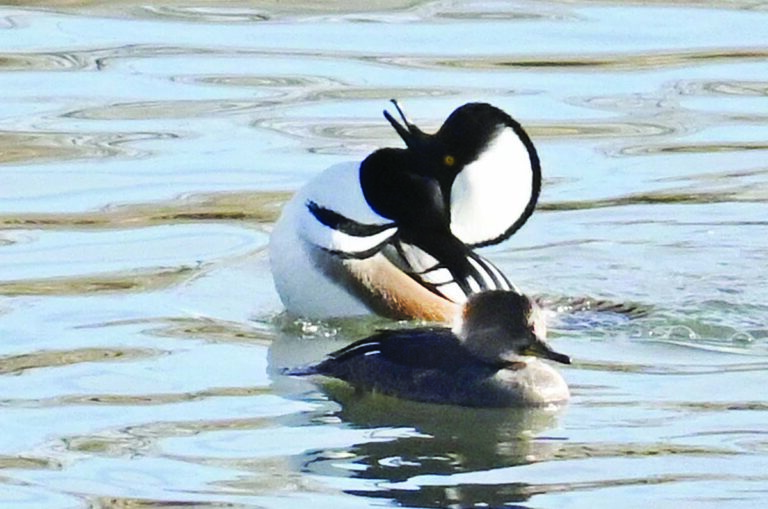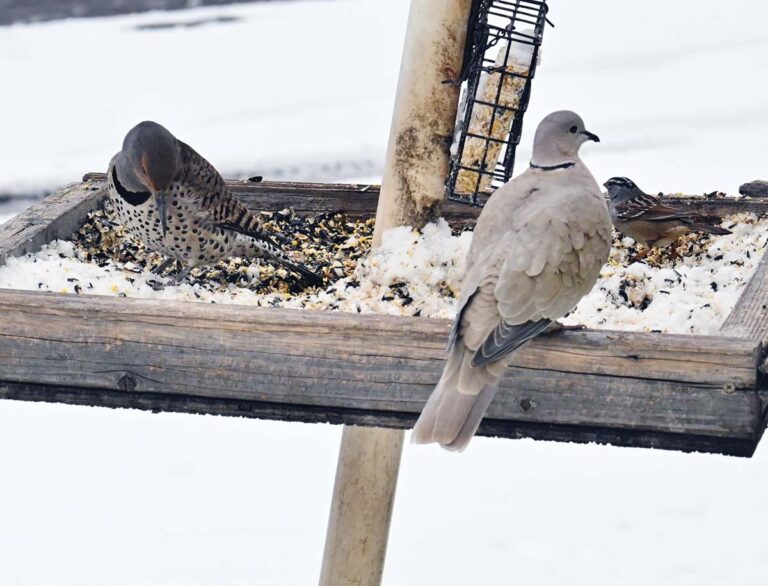Happy September, my nature-loving friends. Ken Hall here—aka, Bird Nut.
September is one of my two favorite months of the year, the other being April. One is four months into the new year; the other is four months from its close. One announces the season of renewal, the other a season of rest.
September 22nd brings the first day of fall. It’s much more than a date on the calendar. A multitude of changes and preparations for the upcoming winter months are already in motion—the cooler, shorter days and the shifting angle of the sun set everything in motion. My own senses become more aware of all that surrounds me: the Colorado sky deepens to a richer blue, trees begin to change color, and a few fall flowers still hang on in sharp contrast to fading grasses. If you’re lucky, you might even hear the gurgling call of cranes heading back toward their wintering grounds.
The opening line of Jewel Akens’ 1964 song is my guide for the months of April and September: “Let me tell you about the birds and the bees, and the flowers and the trees, and the moon up above.” The meaning of the song is probably different from mine—but it works.
So let’s talk about some birds.
Bird censuses were just completed in August. A total of 521 bird species have been counted in Colorado across various habitats. That number is likely even higher, given the state’s diversity of landscapes. Of those, 240 are annual nesters, and over half of them are year-round residents.
Had I started birding at the age of two, I might be up to 200 species by now. As it stands, I’ve photographed just over 140 species of birds. I don’t think I’ll be winning any “Big Year” competitions, but many of those 140 have been spotted right here in the Wheat Ridge park system. Knowing there are still 381 species left for me to see keeps birding endlessly exciting.
If you happen to see someone dancing around the woods, crazed eyes shining as they shout that they “got a lifer,” be happy for them. It’s not a jail sentence—it means they’ve just documented a bird species they’ve never seen before. Kudos again to the Wheat Ridge Parks system for conserving such excellent natural habitat for birds and wildlife.
Now, on to the bees.
According to Colorado State University, our state is home to 946 species of native bees. I’m a bee addict as well as a bird nut, though I’ve likely photographed only about 20 species. That 946 doesn’t include the most recognizable bee of all—the European honeybee—because it’s nonnative.
Bees are, without question, our most important pollinators. Agriculture would be nonexistent without them, which means no food on the table—and ultimately, no life on this planet. My favorite phrase is “be bee aware.”
The destruction of habitat has put many bee populations in jeopardy, but we can help: avoid insecticides, plant “bee-happy” gardens, and ask your local greenhouse for a list of pollinator-friendly flowers. Above all, remember the importance of keeping nature natural.
Now, a bit of fall flower talk.
As the days grow shorter, many varieties of flowers have already seeded and gone dormant until next spring. But some persist, blooming until the first frost and providing crucial nutrition for honeybees, butterflies, hummingbirds, and other birds.
The most notable fall flower is the wild sunflower, joined by several types of daisies and the ever-versatile rabbitbrush. My personal favorite is the Rocky Mountain bee flower, which has been blooming since June and will continue until frost. Hummingbirds, fueling up for their long southward migration, love these flowers. Once again, Wheat Ridge Parks deserves credit for helping to propagate these plants.
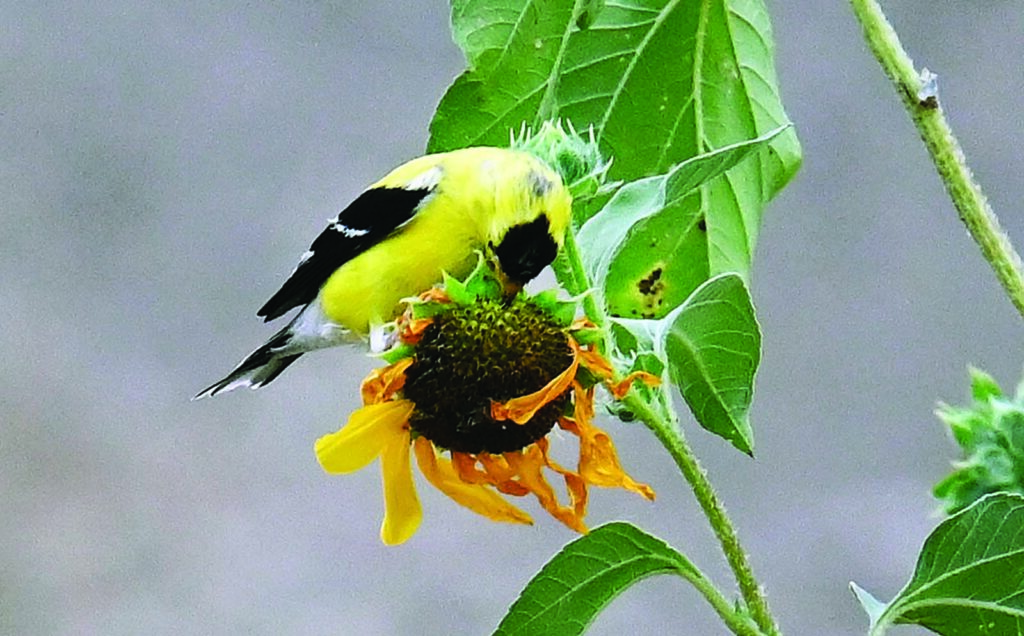

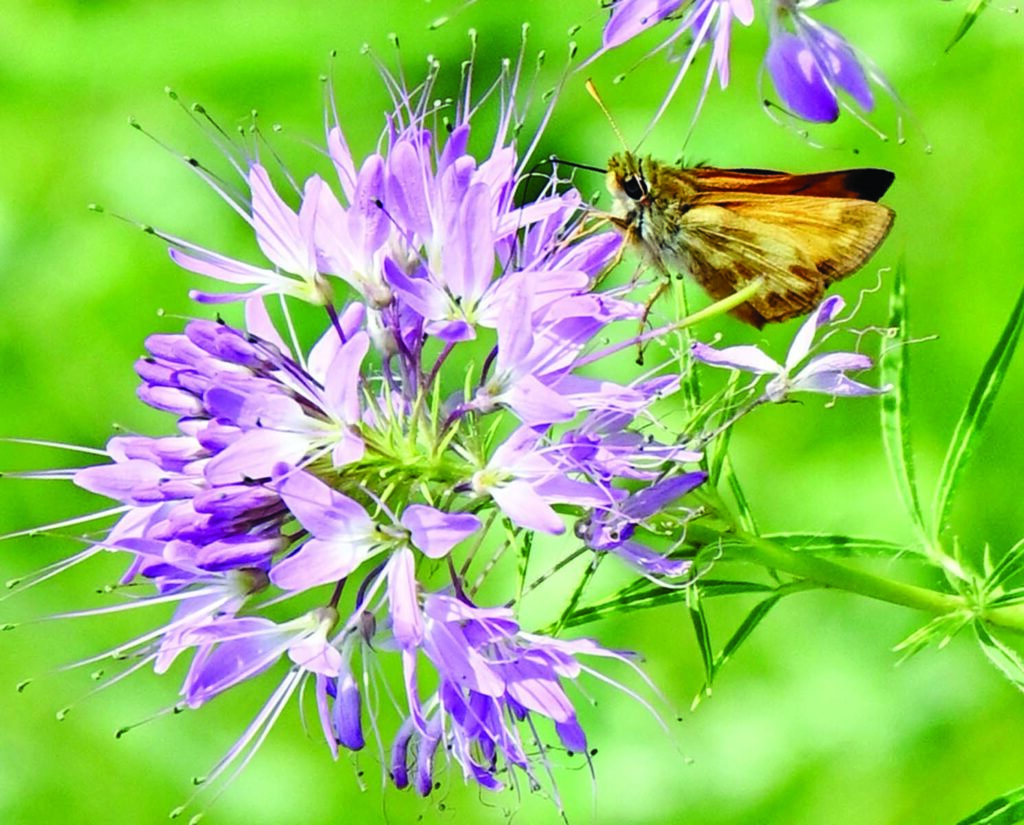
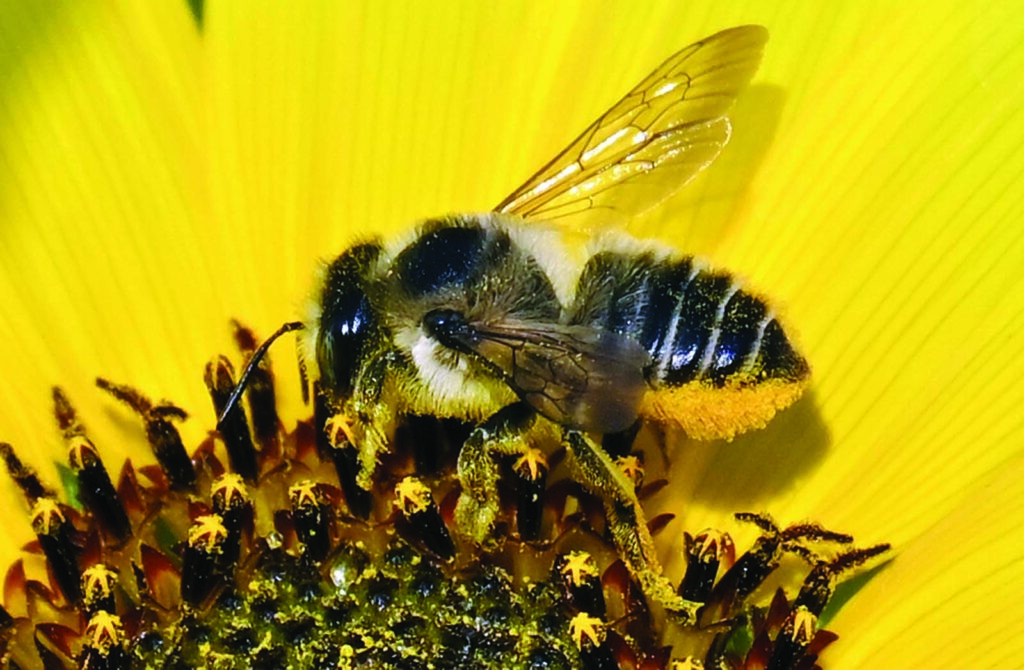
All photos by Ken hall
And now, the trees.
September is a magical month to watch daily color changes, especially in the cottonwoods—our own backyard version of aspens. Each week I stop to admire the shifting colors from the bridges over Clear Creek. Watching a yellow leaf ride the current downstream is nothing short of magical.
Finally, the moon up above.
In fall, the sky often appears a deeper, richer blue. Many times, even in daylight, the moon still lingers in that ocean-blue sky. With my 400mm lens, I snap photos and, with a bit of cropping, capture craters and canyons in beautiful detail. If the Gazette has room, I’ve attached one of my moon pictures to share.
And there you have it—my own version of “the birds and the bees.”
Wishing you all a blessed September, and I hope to see you on the trail.
Follow me on Facebook at Birds of Colorado or Bird Friends of Colorado.



